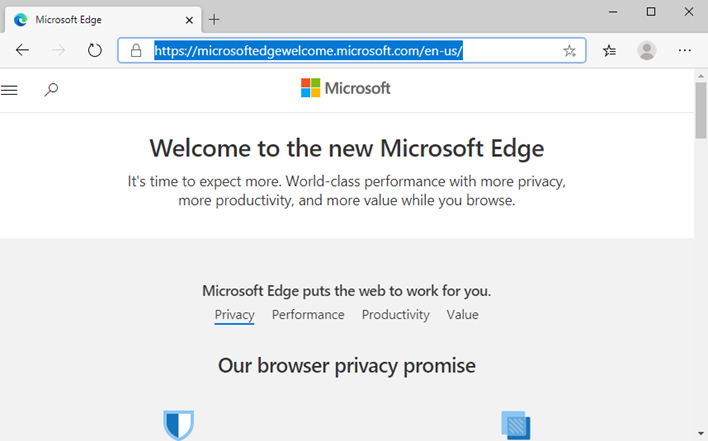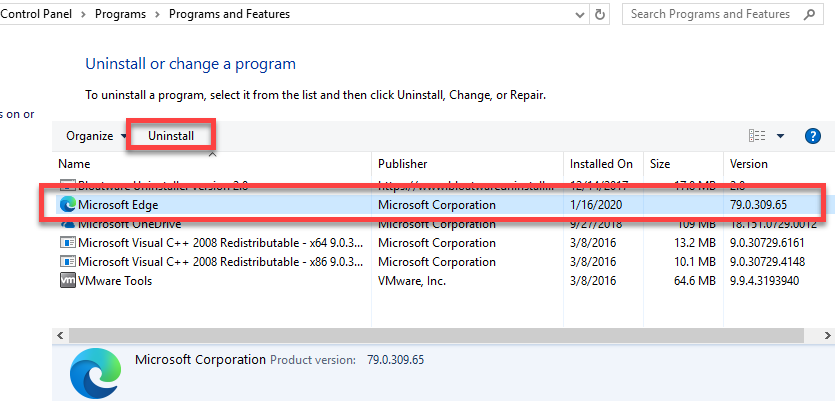

Right-click the new Group Policy Object > Edit.

On the Group Policy Management Editor, go to User Configuration > Policies > Administrative Templates > Microsoft Edge.Disable the policy Enable AutoFill for addresses.On the user's computer, open a command prompt, and run gpupdate /force.Once complete, the GPO settings will look like this: Optionally, you can enable the policy Disable synchronization of data using Microsoft sync services.Under "Password manager and protection," disable the policy Enable saving passwords to the password manager.Disable the policy Enable AutoFill for credit cards. Make sure that any open Edge browsers are closed, otherwise the removal won’t be able to proceed.Ensure "Offer to save passwords" is turned off and managed by the organization.Open Edge, then click the three dots for settings.This prompts a logout to complete the new settings. Press Uninstall in the pop-up menu again to confirm. Once you’ve found Edge, click the entry and press Uninstall to begin the removal.

From here, click Apps > Apps & Features and find Microsoft Edge in the list (or by using the search bar). Right-click the Start menu icon and click Settings to begin.If you’ve installed the new, Chrome-based Microsoft Edge yourself from the Microsoft website, then you can remove this like any other Windows app from the Windows Settings menu. Using The Windows 10 Uninstall Menu (For Manual Edge Installations)

If you insist on disabling Edge, then you’ll need to remember this warning, as it could result in complications at a later date. This will ensure that, in almost every situation, your third-party browser is used for the web. Some core Windows features will rely on Edge, but you can (for the most part) bypass it entirely by setting another browser as your default web browser and ignoring Edge completely. There are options to stop, hide, and otherwise disable Edge if you don’t want to use it, but this isn’t necessarily the best thing to do.


 0 kommentar(er)
0 kommentar(er)
